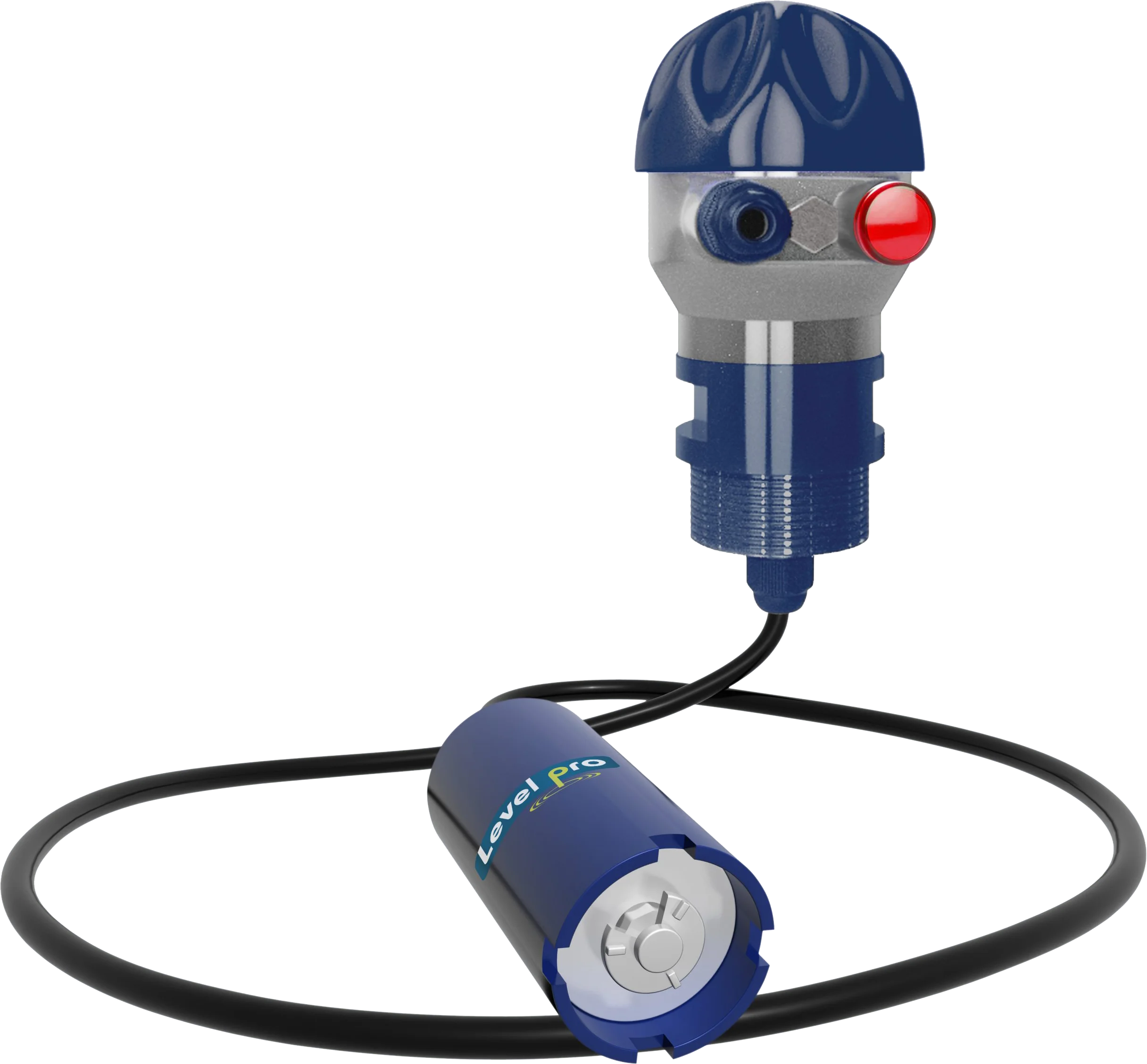Basic Chemical Level Sensor Installation

It takes careful preparation and attention to detail to install a chemical level sensor in a chemical tank. The tank must first be prepared by being properly cleaned and checked for any debris or foreign objects. Before the sensor is placed, the tank should be checked for leaks or other damage that may need to be fixed.
The following step is to select the right sensor for the particular chemical and tank environment. Different sensors are made to function with various substances and in various settings. For bulk chemicals, submersible chemical level sensors are a viable option because they can be completely submerged in the liquid without suffering harm. Typically, these sensors are constructed from stainless steel, PVC, PP, or PVDF.
The sensor must be installed in the tank after being determined to be the right one. It might be necessary to drill holes in the tank or attach the sensor to an existing fitting to accomplish this. To guarantee reliable readings, the sensor needs to be positioned at the proper height and level. The chemical level sensor’s material selection also has a significant impact on how it is installed. For instance, because they are lightweight, sensors made of PVC or PP are simple to install, whereas sensors made of PVDF or stainless steel could need more specialist tools.
The sensor must be placed before being attached to a nearby or distant controller, which will decode the sensor’s output signal. To make sure it is producing reliable results, the sensor must also be calibrated. This can entail modifying the sensor’s sensitivity or making additional modifications as required. The sensor will require a power source and a signal output; the 4-20 mA signal is the most typical output. The local or remote controller can be used to monitor and control the amount of the chemical in the tank after being connected to the sensor’s signal output.
The sensor should also undergo routine maintenance to keep it in good working condition after it has been tested to guarantee that it is generating correct readings. Cleaning the sensor and inspecting it for wear or damage may be necessary. To guarantee that the sensor is operating effectively and giving accurate and dependable data, it’s crucial to adhere to the manufacturer’s instructions and guidelines during the installation and maintenance processes.
Learn more about chemical level sensors
Please contact us to discuss your application


